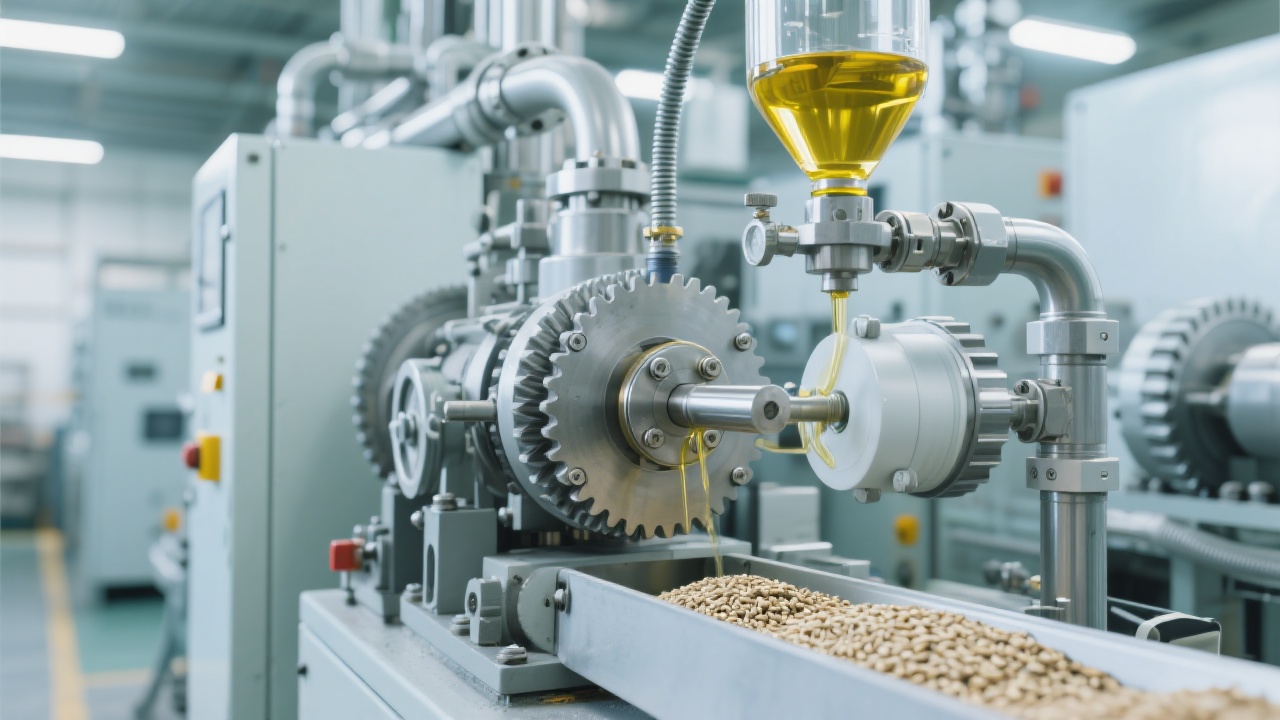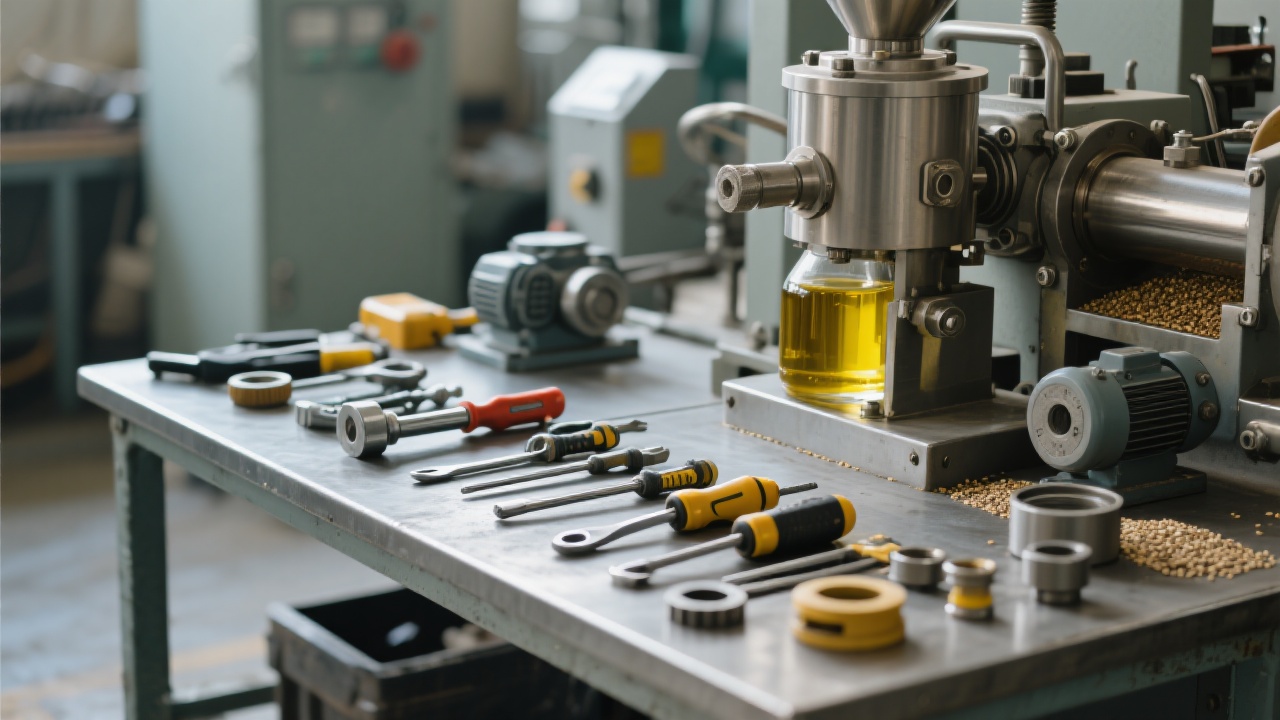
In the global edible oil market, quality consistency and compliance with international standards are no longer optional—they’re competitive necessities. For small-to-medium sesame oil producers aiming to export or scale operations, mastering each stage of the production process is critical. Based on over 18 years of B2B experience across food-grade oils, here’s how to optimize your industrial line—from seed cleaning to final refining—with real-world data and actionable insights.
Before pressing, raw sesame seeds must be cleaned of dust, stones, and foreign matter. A typical contamination rate of 2–5% in untreated batches can lead to premature filter clogging and reduced yield. Using a multi-stage sieve system—combined with air aspiration and magnetic separators—can reduce impurities to under 0.5%. One Nigerian processor reported a 12% increase in throughput after implementing automated seed grading, reducing manual sorting errors by 70%.

The choice between cold press and hot press impacts both flavor and efficiency. Cold-pressed oils retain more natural antioxidants but require 20–30% higher energy input per kg of oil. Hot pressing at 110–130°C increases extraction yield by up to 18%, as seen in Indian facilities using continuous screw presses. However, temperature control is key: exceeding 140°C risks oxidation and off-flavors. Our case study from Thailand shows that maintaining a consistent 125°C during pressing improved shelf life from 6 months to 12+ months under standard storage conditions.
| Process Stage | Optimal Temp (°C) | Yield Impact (%) |
|---|---|---|
| Cold Press | ≤ 60 | +0–5% |
| Hot Press | 110–130 | +15–18% |
Many producers skip this step thinking “natural = better.” But unrefined sesame oil often fails EU FSSC 22000 and FDA requirements due to high free fatty acid (FFA) levels (>3%). A two-step deacidification process—first water degumming at 70°C, then caustic neutralization—reduces FFA from 4.5% to below 0.3%. This not only meets global specs but also prevents rancidity during long-haul shipping. In Vietnam, one exporter saved $18K/year in rework costs after adopting this method.

What makes top-tier producers stand out? It’s not just equipment—it’s automation. PLC-based systems that monitor temperature, pressure, and flow rates ensure batch-to-batch consistency. In Brazil, an integrated control system reduced variability in iodine value from ±2.5 to ±0.8, making their product suitable for premium packaging markets like Japan and Germany.
If you're targeting Europe, North America, or ASEAN, understanding these technical nuances isn’t optional—it’s your entry ticket. Whether you’re optimizing an existing line or starting fresh, focus on precision at every stage: clean seeds, controlled heat, and rigorous refinement. These aren’t just best practices—they’re non-negotiables for global buyers.
Ready to level up your sesame oil production? Let us help you design a customized optimization roadmap tailored to your facility size, output goals, and export targets. We’ve helped 30+ clients achieve ISO 22000 certification within 6 months—with measurable improvements in yield, safety, and customer satisfaction.
Get Your Free Process Audit Checklist →
